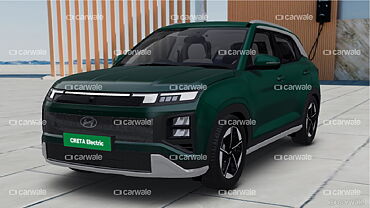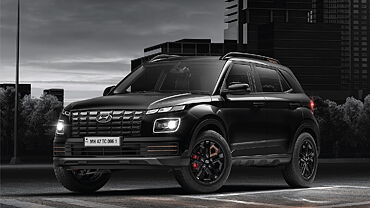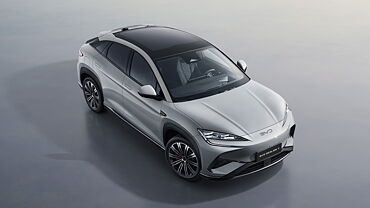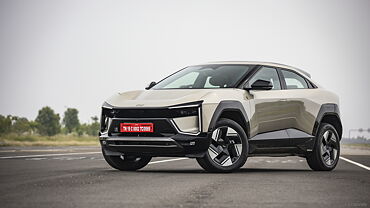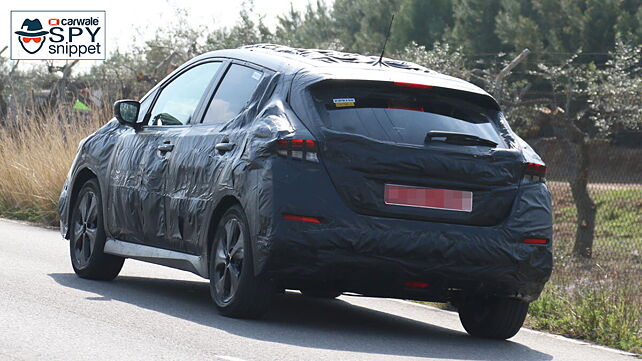
The second generation Nissan Leaf was recently spotted on test in Europe. The all-electric model is due for an upgrade and in its upcoming avatar, it’s expected to offer buyers a choice of new battery packs and a significantly improved driving range.
The new Leaf is likely to shed some of its EV quirkiness, as it’s pitched more toward the mass market. The styling we see here is a move in that direction, with Nissan scrapping the vertical tail lamps - one of the most distinctive but controversial design points of the outgoing Leaf. However, influences from the IDS concept that Nissan showed in 2015, including the V-motion grille and body-side sculpting means that this model will still attract a lot of stares.
The Nissan Leaf was first introduced in 2010, making it one of the oldest designs among the current crop of electric cars. To date, Nissan has sold more than 1 lakh units in the United States, but it was outsold here in 2016 by both the Tesla Model S and the Model X.
The new Leaf is built on an evolution of the current Leaf’s platform. Structural changes will allow a new modular battery-pack architecture to be used, and fresh approaches to managing power flow and battery temperature will better serve the needs of customers in extreme weather conditions. The electric motor/generator will provide about the same amount of power as seen in the outgoing car, which has 107bhp, and the updated Leaf will also be a front-wheel drive like its predecessor. What will be different is that there will be a choice of different battery packs that won’t be any heavier than the 30-kW unit in the outgoing model.




